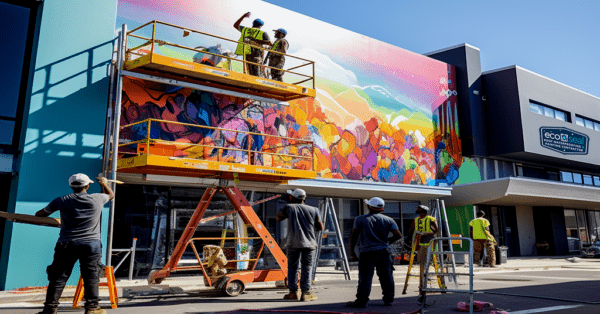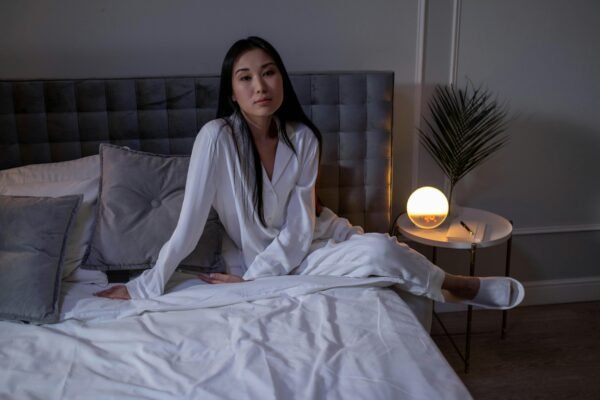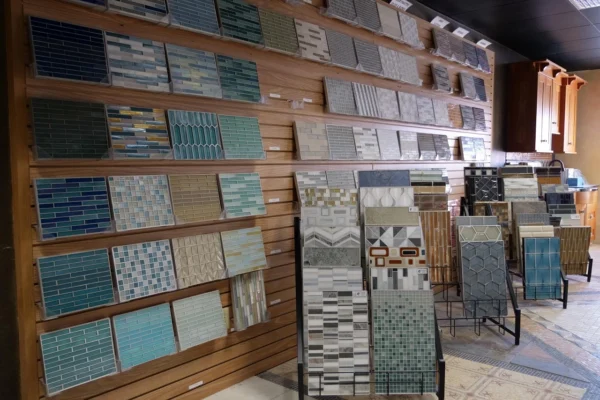
The Future of Care Homes

People in Britain are living longer, and those who are at an older age are needing specific care that adapts to their health. With this need, it means that care homes now having to develop greater amount of, and more intelligent, assistive technologies.
So this means, that care homes will need to provide great living conditions for those who live longer, to enable them to be cared for properly with better and more frequent supervision. This is great news and we are all ears!
The Royal Blind Society who specialise in providing health care for blind and also run a care home in Paisley, analyse how care homes will run in the future.
Care Home Quality
The care homes that are funded by social and private tells us that in the next 20 years, they will have a huge focus on the quality within their care homes. It has been suggested that this strategy will have the potential for people to ‘live heather and longer lives’, as Jane Ashcroft suggested in the Silver Chic report in the future of care homes.
The design of care homes is changing and with this will help those who are residents there to become more exposed to sunlight for greater amount of time. Along with this, connectivity will also be a priority to help combat loneliness. In order to do this, care villages will use small bridges intersecting various gardens so that residents will be closer to both their natural environment and other residents within the community.
The Evolving Technology in Our Care Homes
So, patients that live longer and healthier lives, should be expected to receive the quality of care that is a priority to the care homes. With technology becoming more advanced, it is helping to ensure that patients remain safe within the care homes.
One example of this would be sensors that have been added to patient rooms that alert staff to when a patient has fallen – and even when they have stopped moving. To help those living with dementia, clusters within the homes can be coloured variously with different lighting so that patients can recognise their living quarter.
Giving Patients More Ability to Become Independent
Wearable technology have been developed that can monitor heart rates of patients, as well as their steps and the distance they’ve travelled. This will also help monitor fluid retention and respiratory rates, helping to lower hospital admissions, allowing the patients to understand their own symptoms more effectively before they require medical assistance.
Robotics
There is also the evolvement of robotics that will be used to help calm down dementia sufferers who must deal with extreme stress, used within robotic pets that can respond to human touch and respond in an intelligent way.
They’re going to be developed with voice commands that will be at the central of almost everything and will control curtains, lights as well as other devices in the room. This will be used to help those who are blind and have visual impairments live more easily.
So this is how we’re seeing technology evolving and how we will be using it to treat people. The future of the care homes is promising to both staff and patients. The technologies that are already being operated and the systems that are proposed, will help patients live more independent and comfortable lives in the homes, which will allow them to live happier and longer.














































